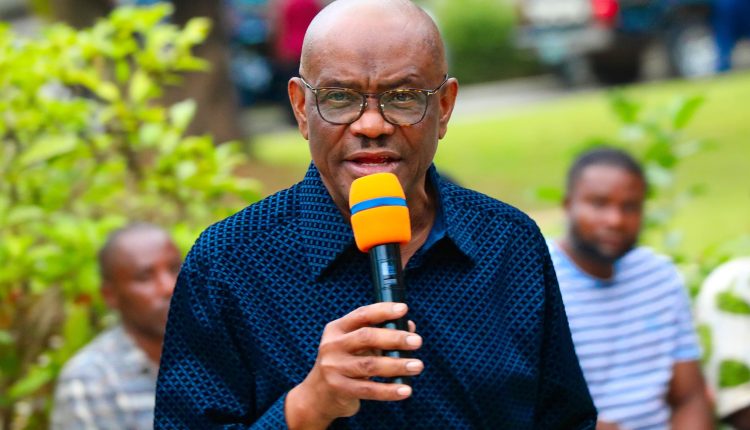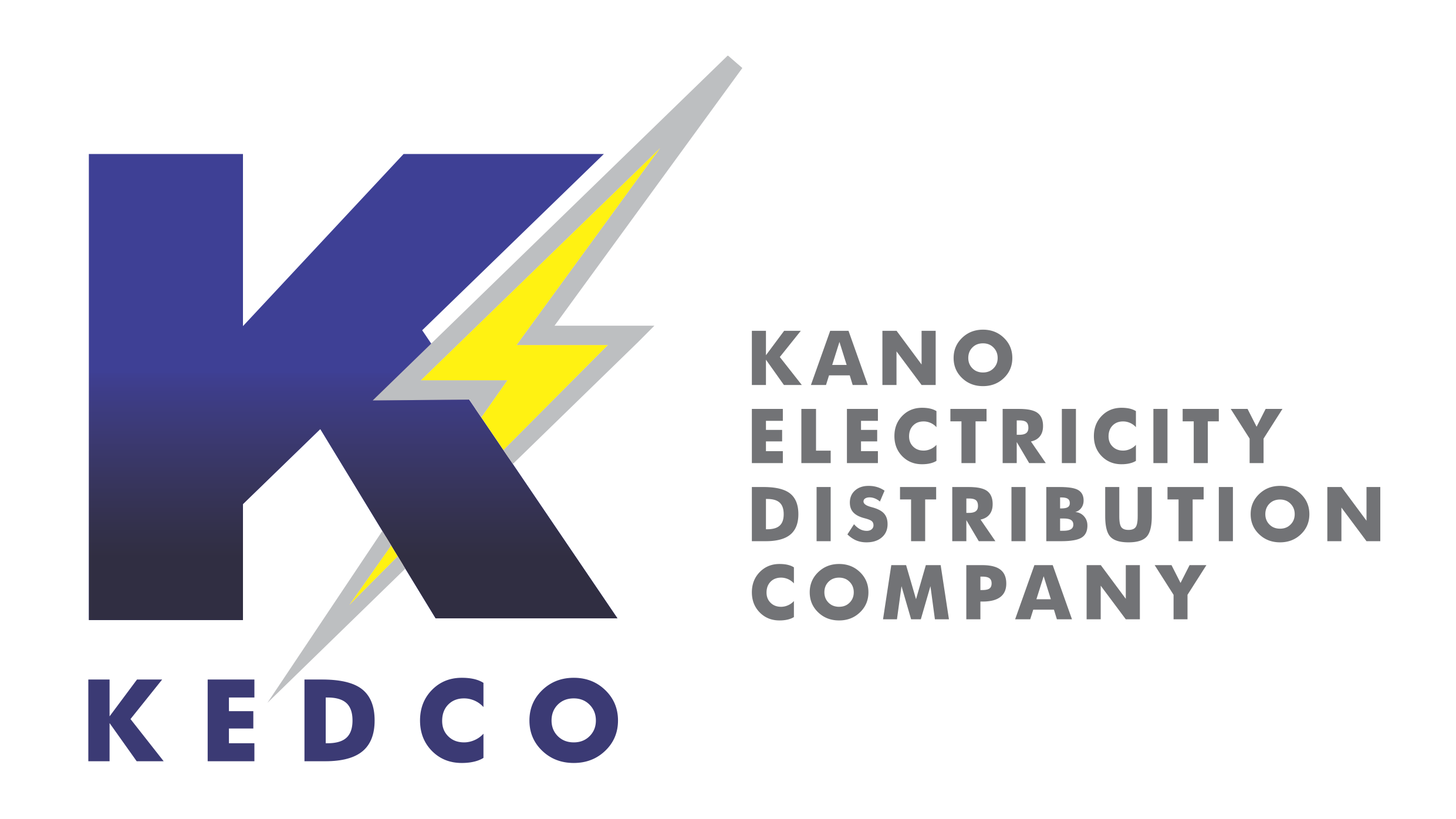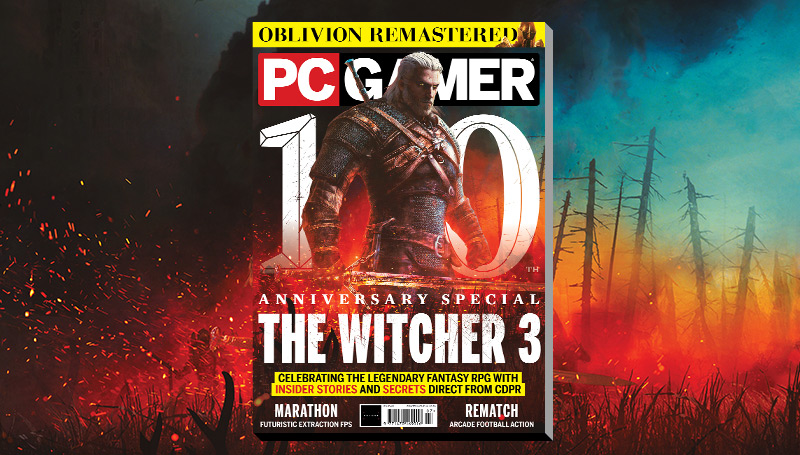Interview with Ratchapoom Boonbunchachoke: I Don't Know How to Scare People.
About his secret ingredients that combine comedy, a Thai ghost legend, and sociopolitical comments to deliver both fun and critique
It is difficult to turn the tradition of one country’s outstanding cinematic genre history on its head. And yet, this is what the Thai writer-director Ratchapoom Boonbunchachoke did with his quirky, out-worldly ghost comedy “A Useful Ghost” that world-premiered in the Critics’ Week competition strand of the 78th Cannes Film festival. It is one of the most talked-about movies which has won the hearts of film critics with its originality, good and offbeat story telling and good performances. In Boonbunchachoke’s script, the ghosts have to stay busy to be able to exist in their world by performing useful duties. One of them possesses a vacuum cleaner and goes to seek her grieving husband. Their love is not dead, but how does such romance loom like?
AMP sat down with the director to inquire about his secret ingredients that combine comedy, a Thai ghost legend, and sociopolitical comments to deliver both fun and critique of contemporary maladises in his home country.
You might have heard of Mae Nak Phra Khanong, a famous Thai story about a female ghost and her husband who tried to reunite but got stopped by a society that couldn’t accept that. I always appreciate characters from famous books, novels or dramas and turn them into something else. That was the case in my short films. And then one day, when I felt like I wanted to make a feature, I applied the same system. I looked into the repertoire of the famous, iconic Thai characters, which is when Mae Nak Phra Khanong came up and I immediately wanted to appropriate her for my story-telling goal. I had this image of a ghost walking into an office building, not to scare people, but to work. The idea behind it was to analyse why it is so difficult to exist as a person nowadays. You need to work to pay the rent and other bills. You need to eat, and commute. You need to have electricity and running water. So, I was wondering if ghosts need to do the same, and work for their right to exist. Maybe they also need to put food on their tables, and earn their right to exist in that world.
I really felt enamoured with this idea and I started telling it to people who would then ask me how that kind of ghost would look like. I was startled because I hadn’t looked into it. I was more focused on the story, so I hadn’t decided how the ghost looked like. My initial response to the person who asked my that perticular question was that my ghost looked just like a woman with make up on, which made her pale and grayish in face, and I was told that this wasn’t very original. “That’s so normal”, my friend told me. Well, you don’t want to hear that as a filmmaker. I did some research about how ghosts were normally portrayed in films. Some have bloody noses or bruises on their faces to signify they’re dead. Others are translucid. They appear in human or animal form and you can see through them. And there’s another type, typical of Asia – ghosts who are invisible and move stuff in your house, switching your devices on and off, opening windows, turning on water, and such, just to disturb you. I’m quite intrigued with this idea of having ghosts inside furniture and electrical devices. Additionally, I wanted to incorporate the pressing issue of air pollution in Bangkok.
Actually, there’s dust pollution across the whole country. And it is real. Every winter, people get sick from it. So, I combined the two elements of a ghost possessing a vacuum cleaner and real-life air pollution, and turned it into my own thing. Vacuums are supposed to clean dust, but maybe some of the ghosts can react to it as well, like human beings. Which is the case with the one at the beginning of the movie. Net’s new “body” is perfectly ok for her, and it fitted me because I wanted my ghost to work. It is a job of critical importance, and it is also very symbolic of our society.
Yeah, I did a classical casting, except in the case of Davika, but only because we met through mutual friends. Actually, in 2021 I was in different residencies Berlin, Thailand, and Tokyo. The renowned Thai director Pen-Ek Ratanaruang who was one of the mentors, knew about my project. A few months later, he went to shoot the Netflix series “6ixtynin9” with Davika Hoorne. Pen-Ek Ratanaruang mentioned my project to Davika telling her it was quite interesting because it involved a ghost working as a cleaner. That boosted her curiosity. We sent her the script and she liked it, so she came on board. Davika is a top-tier actress in Thailand. And I think she had been in every possible commercial project. I think that she wanted to be challenged as an actress, and there are not many things of this kind coming her way. So when she got hold of the script she wanted to be in the movie, because it’s challenging, and refreshing. But apart from her, we did a classical casting. I didn’t want to take a chance with the outcome.
Weirdly, it all felt natural to me. I don’t know. Developing and writing the story, putting it to life. I really invested my heart into it. Maybe I suffered from the first feature syndrome. If that’s the thing or not I am not sure, but I wanted to say many things in one film, in a similar style as in my shorts. I had many thoughts swirling in my head. And although I realize that you can’t put everything in a film, and I already took out quite a few, it’s still so much left. I’m not so keen to combine elements that are not supposed to be together, the incompatible ones. It’s more interesting to stick to one compact idea. It is possible that when the audience watch my movie, they may ask themselves: “How did we get here?” or “Why is this thing in the film?” I don’t think I’m interested in going the straight narrative line, or meet the audience’s expectation. You think you’re going to see just a romance film about a man and a vacuum cleaner, but it turns out to be something else. Pick something from the list: Oh, it’s about politics! Oh, it’s about history! Oh, it’s about social issue in Thailand! Oh, it’s about love!” Or maybe you’ll see it for what it is. It’s about all of it and more.
Right.
I don’t know. I’m happy. I’m excited. I think showing a film in Cannes is already nerve-wrecking and stressful. But the next hardest step will be showing it in Thailand. I am looking forward to it, but I am afraid of the Thai audience feedback. Are they going to like the film or are they going to hate it? How are they going to perceive it?
Not yet, but I saw some Thai journalists in the audience, and I think they were happy with the film. But the general audience might have a different reaction.
I think that might be a bit of an issue, or the fact that the film is slow. Then, there is also a political side to it. I’m not sure.
Let’s hope you’re right.
Well, I think that I will continue balancing between genre and serious topics. I can not see myself making a pure horror movie. I don’t have the necessary kind of sensibility for it. I don’t know how to scare people. I know how to make them laugh.
What I communicated to my team was that I was after an elegant look. The story is eccentric, crazy, and occasionally even nasty, but I wanted to show something beautiful and splendid, also when it comes out as perverted. That’s how I wished to envision it.
We did some testing, but as you know, when you are in this trade you are surrounded by people, who just like you, watch a lot of films. We discuss such things as colour, costume, everything. I was also taking inspiration from the 19th century naive art, or rather from the artists who had all the skill to paint a beautiful painting but they opted for a childish style instead. I like the idea of doing things my own way, and despite of having the know-how and skills, to do it like a child who enjoys painting. You can make a film that somehow looks tightly controlled, but also silly at the same time.
We sticked to the plan to a certain level, but I was also open to improvisation. For example, we just happened to discover some irresistibly useful gadgets in one of the locations that we then incorporated in the story. My location manager (Pakkawat Tanghom) did an excellent job in finding some very giving spaces. But regarding the whole process, you need to plan the shooting or else it is going to be a mess. I opened up for discoveries along the way, but sticking to the plan is safe. I will tell you something about the room with all those interesting devices that we used to shoot one of the craziest scenes in “A Useful Ghost”. Tanghom found it in a university building. It’s actually used for testing as a kind of laboratory with a test line inside. You use it to check the quality of an electric car or a refrigerator, so you drive the car inside the room and the personnel working there has to emit some kind of radio wave or something like that to see it the device is safe or not. I don’t know how to use it, but it’s real. I was like “Oh, we have this in Thailand?”
We had 24 shooting days across around four months.
We already have a release here in France, but we don’t have it yet in Thailand. I don’t know. The sales and producers still negotiate its Asian premiere.
I was overwhelmed. To be honest, before it started, I walked to the sea, and I felt like I’ve just finished a marathon, or something so exhausting that I could only sleep. When the film ended and people started applauding, it is the first time that I realised what is that famous standing ovation the journalists are reporting about from Cannes. I have never experienced that before. When I heard it, it became real.










